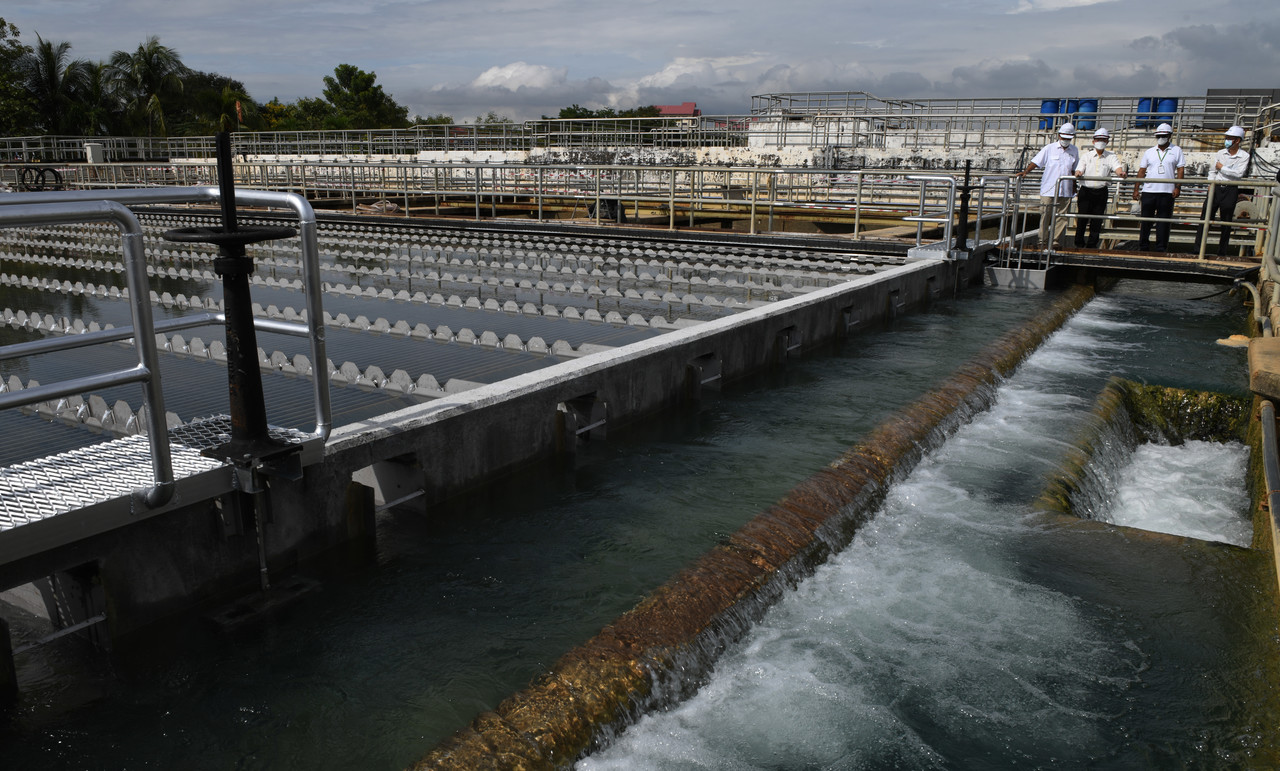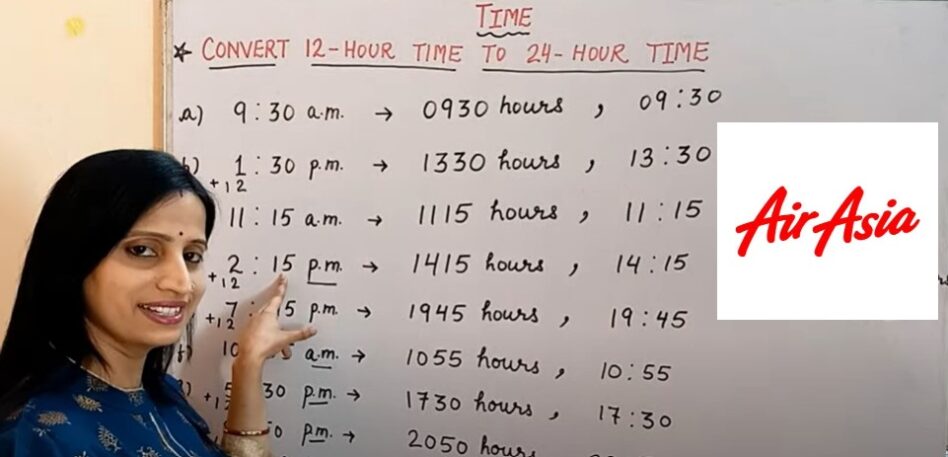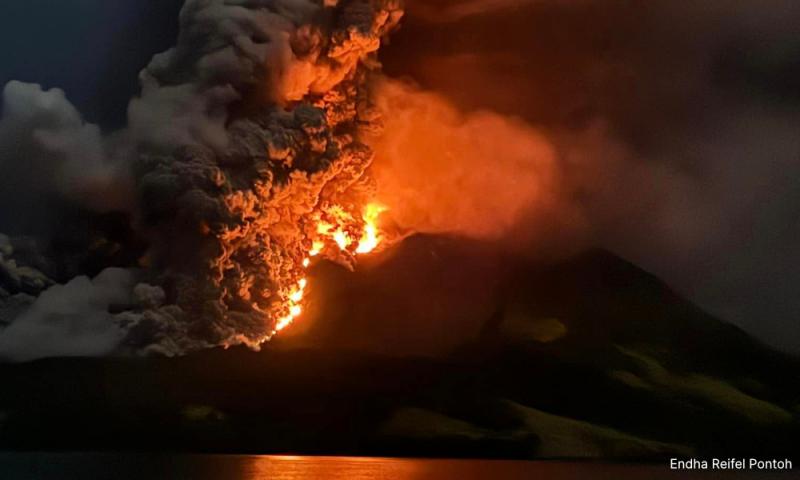CLIMATE change and natural resource resilience remind us of another key weakness observed from past and even current policy—the water and energy “nexus”. These dimensions appear to be missing or at least, inadequately emphasised, despite being inseparable and crucial elements in the food security equation.
At present, Malaysia’s ability to produce food through its agriculture sector is facing severe risk given that 70% of the water resources in the country are for the agricultural industry, according to researchers.
In addition to water security and water resource management, natural resources resilience calls for the internalisation and practice of a circular economy across all sectors. The emphasis on technology use further heightens the importance of energy security in the agrofood sector.
Malaysia has been blessed to be spared from many natural disasters compared to neighbouring countries, but climate change may shift weather patterns and no one can guarantee that the natural disaster risk profile wouldn’t change.
Thus, food security calls for serious natural resource management, circular economy practices, robust technology implementation and regenerative practices for climate change resilience, soil fertility, productivity and nutrients, and the inclusion of the water-energy-food security nexus in the context of disaster preparedness and resilience.
National Agrofood Policy 2.0 (NAP 2.0)
In general, the NAP 2.0 is much more comprehensive than its predecessor. For example, the policy makes clear emphasis on modernisation and use of technology, nutrition, sustainability, youth participation, improvement of SSL of major food items, and alignment with other national policies.
However, we are concerned that such ambitious targets would require a level of excellence in implementation not seen even with less comprehensive past policies.
The stronger emphasis on technology use requires a higher level of talent (a problem given Malaysia’s serious brain drain phenomenon) and requires higher budgetary allocations (with better management) so that Malaysia’s spending intensity as a percentage of gross domestic product (GDP) can be improved.
Another important gap in actual self-sufficiency, at least for critical food items, is the localisation of supply chains. This means the self-sufficiency level (SSL) of the inputs as a key measurement of self-sufficiency beyond the standard SSL calculation for the food items themselves.
EMIR Research considers all these potential gaps in supplementing the current policy with its own national food security strategy, as a priority national security agenda. – June 30, 2022
Dr Rais Hussin and Ameen Kamal are part of the research team at EMIR Research, an independent think tank focused on strategic policy recommendations based on rigorous research.
The views expressed are solely of the author and do not necessarily reflect those of Focus Malaysia.










